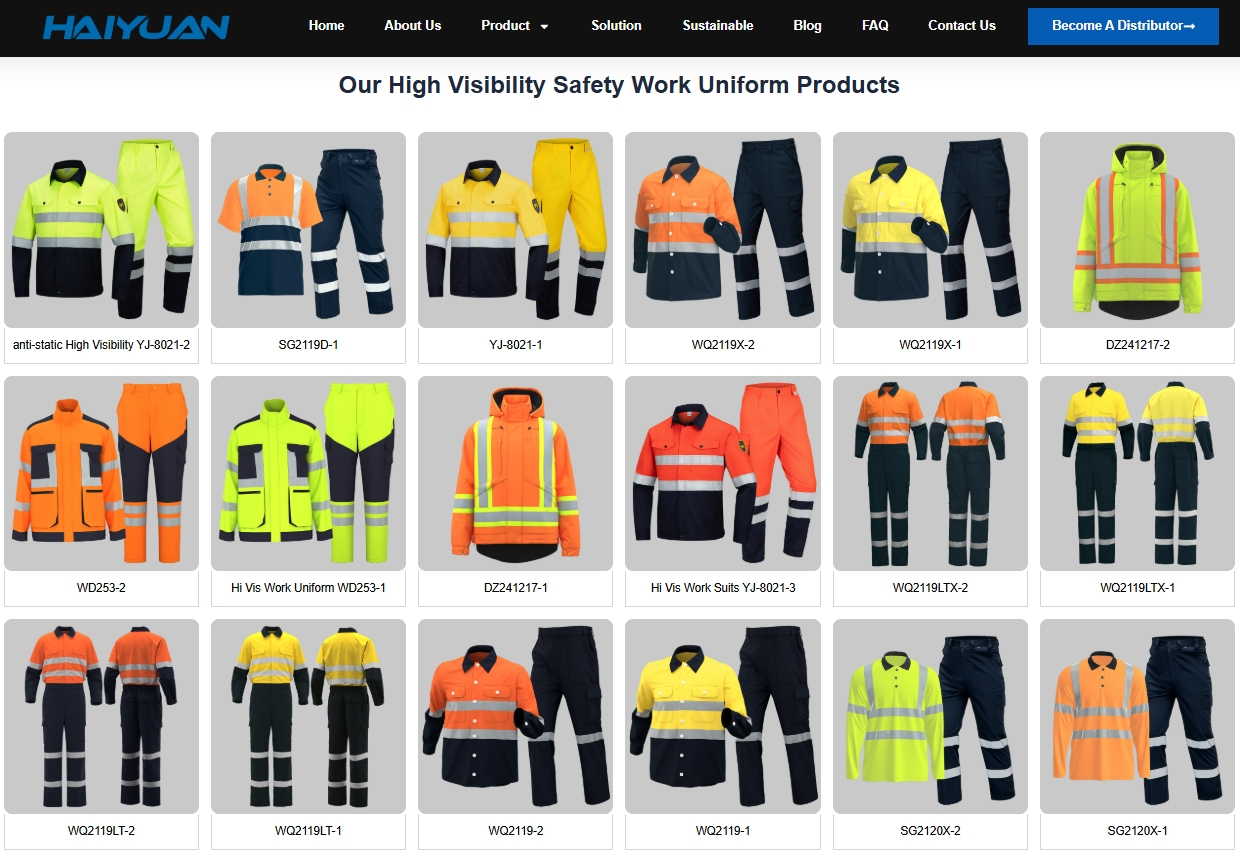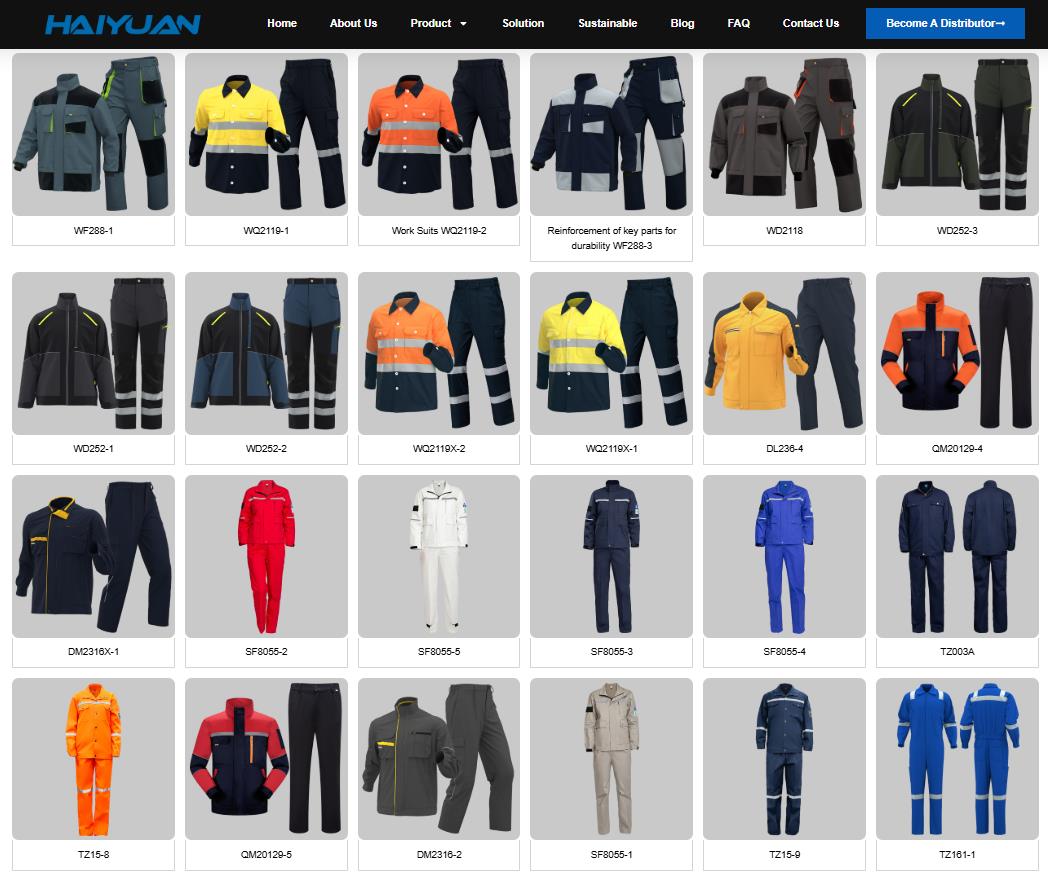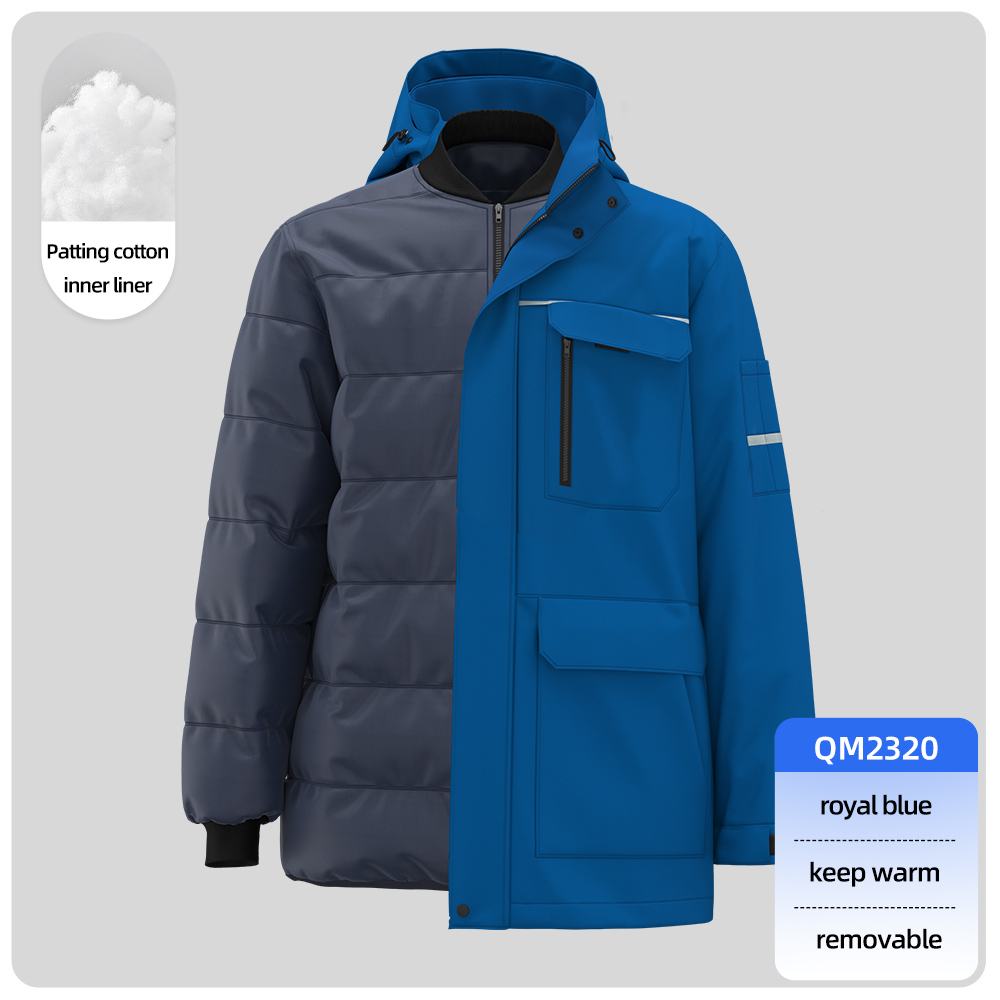This is an excellent summary question that ties together our previous discussion.
Protective clothing is any garment or equipment worn to shield the wearer from specific health and safety hazards in their environment, primarily in the workplace. Its primary purpose is to act as a barrier, preventing injury, illness, or contamination.
The key differentiator between protective clothing and standard workwear is its engineered defense against a specific risk.
The Core Principle: Hazard-Based Definition
What “counts” as protective clothing depends entirely on the hazard. It is categorized by what it protects the wearer from.
1. Protection from Physical & Mechanical Hazards
-
Hazards: Abrasions, cuts, punctures, impacts.
-
Examples:
-
Chainmail Gloves & Aprons: For butchers and meat processors to prevent cuts.
-
Cut-Resistant Sleeves and Trousers: For loggers, glass handlers, or metalworkers.
-
Padded or Impact-Resistant Gear: For athletes (like football pads) or workers in high-impact zones.
-
2. Protection from Chemicals & Liquids
-
Hazards: Toxic chemicals, acids, solvents, oils, blood, and other infectious liquids.
-
Examples:
-
Chemical-Resistant Coveralls & Aprons: Made from materials like Nitrile, Neoprene, or PVC.
-
Disposable Coveralls (e.g., Tyvek): For asbestos abatement, painting, or hazardous clean-up to prevent particle or liquid penetration.
-
Full Encapsulating Suits (Gas-Tight): For emergency responders entering highly toxic atmospheres.
-
3. Protection from Thermal Hazards
-
Hazards: Extreme heat, flames, molten metal splashes, arc flashes.
-
Examples:
-
Flame-Resistant (FR) Clothing: For welders, electricians, and oil & gas workers. Made from materials like Nomex or treated cotton.
-
Aluminized Suits: For firefighters and foundry workers dealing with intense radiant heat.
-
Insulated Coveralls & Winter Gear: For workers in freezers or outdoor cold climates.
-
4. Protection from Particulates & Airborne Hazards
-
Hazards: Dust, fibers, powders, biological agents.
-
Examples:
-
Dust-Proof Coveralls (Type 5): As we discussed, for protection against fine particles like asbestos, flour, or pharmaceutical dust.
-
Surgical Gowns and Masks: In healthcare to protect against biological agents.
-
5. Protection for Visibility & The Elements
-
Hazards: Low light, bad weather, sun exposure.
-
Examples:
-
High-Visibility (Hi-Vis) Clothing: With fluorescent fabric and reflective tape for road crews, utility workers, and anyone near moving vehicles.
-
Waterproof & Windproof Jackets and Pants: For outdoor construction, fishing, and farming.
-
UV-Protective Clothing: For long-term outdoor work.

High Visibility Safety Work Uniform
-
Key Characteristics of True Protective Clothing
-
Certification & Standards: It must meet rigorous performance standards set by organizations like OSHA (USA), ANSI, the EU (CE marking), and others (e.g., NFPA for fire, ASTM for materials). A label inside the garment will state its certification.
-
Material-Specific Design: The fabric is chosen for its protective properties (e.g., Kevlar for cut resistance, Tyvek for particulate barrier, Nomex for fire resistance).
-
Sealed Seams & Secure Closures: To prevent hazards from entering through stitching holes, using zippers, snaps, and flaps designed for safety.
-
Full-Body Coverage: Often designed as coveralls, full-body suits, or integrated systems (e.g., a hard hat with a face shield).
How It Differs from Standard Workwear
| Feature | Standard Workwear | Protective Clothing |
|---|---|---|
| Primary Goal | Durability & Utility for general labor | Safety & Hazard Mitigation |
| Focus | Long-lasting, comfortable, functional | Barrier performance against a specific risk |
| Example | A durable Carhartt jacket | A Hi-Vis, Flame-Resistant jacket for an oil rig worker |
| Regulation | Optional, based on employer policy | Often legally mandated by safety regulations |
In summary, protective clothing is any garment that is specifically designed and certified to protect the wearer from a documented physical, chemical, environmental, or biological hazard. It is a fundamental component of Personal Protective Equipment (PPE) and is essential for worker safety in countless industries.
For some insightful reads, we’ve curated a list of recommended articles just for you:
- How do I find a product manufacturer in China?
- How to find cheap manufacturers in China? A guide to avoid pitfalls
- How to complete your first purchase of workwear in China safely and efficiently
- Custom uniforms for Small business
- Choosing the Best Industrial Work Suit
- Ultimate Guide: Best Wholesale Work Clothes in China
- Cut & Sew Customization
- Logo Customize Clonthing Manufacturer
- The Ultimate Guide to Finding Reliable Wholesale Work Clothes Factories in China
- Importing Clothes from China Guide
Can’t find what you’re looking for? Feel free to contact us. We’re here to help 24/7.





